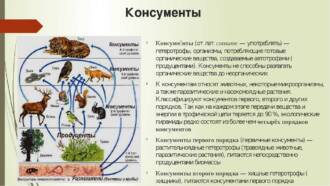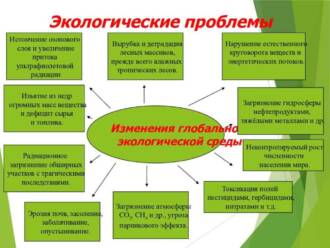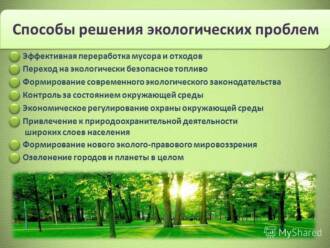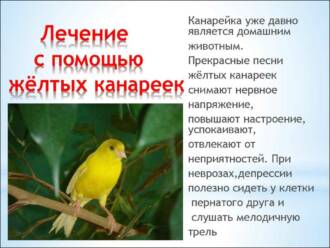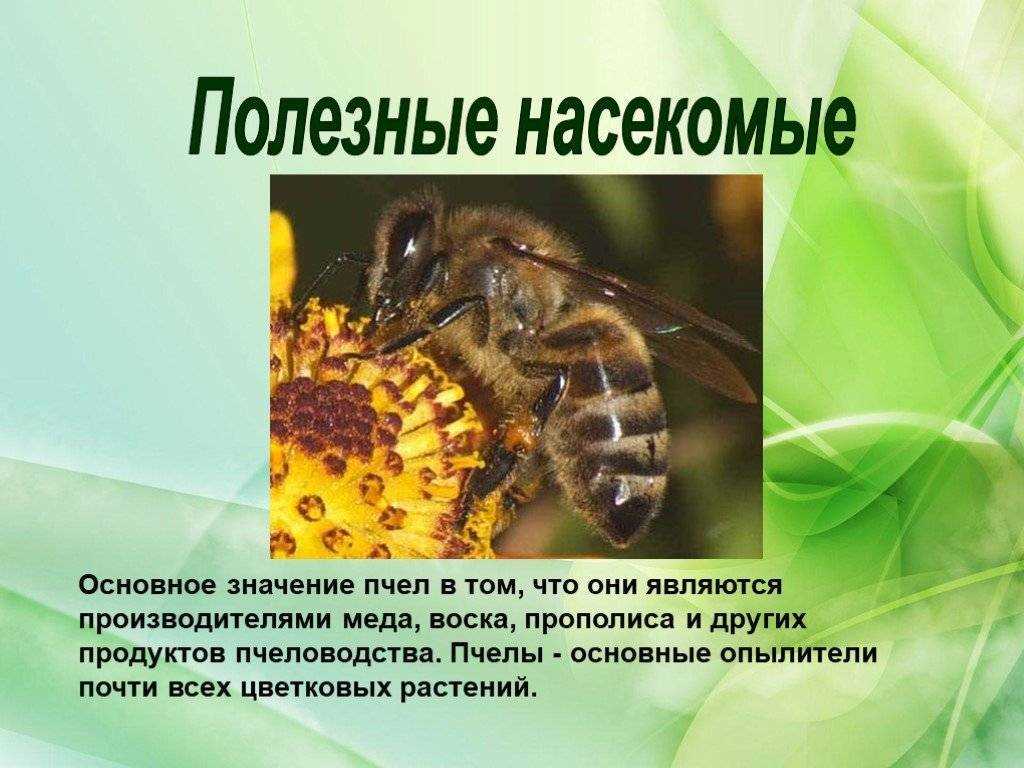
Butterflies are one of the most beautiful and unique insects that live on our planet. They attract attention with their bright wings and graceful movements. But besides their beauty, butterflies also play an important role in improving the ecological situation and maintaining biodiversity.
One of the key functions of butterflies is to pollinate plants. When a butterfly lands on a flower, it transfers pollen from one flower to another, which contributes to the pollination of plants. Through this process, plants can form seeds and reproduce. Without the participation of butterflies and other pollinators, many plants would be deprived of the opportunity to reproduce and survive in the harsh conditions of nature.
In addition to pollinating plants, butterflies also play an important role in the food chain. They serve as a food source for many animals, including birds, frogs, and lizards. Without butterflies, many animals would be left without their usual source of food, which would lead to a violation of natural balances and a decrease in biodiversity.
In addition, butterflies are also indicators of the ecological state. They are very sensitive to changes in the environment and can serve as a kind of "barometer" of the ecological state. If the number of butterflies decreases or their species composition changes, this may indicate disturbances in the ecosystem and require measures to restore it.
Butterflies as plant pollinators
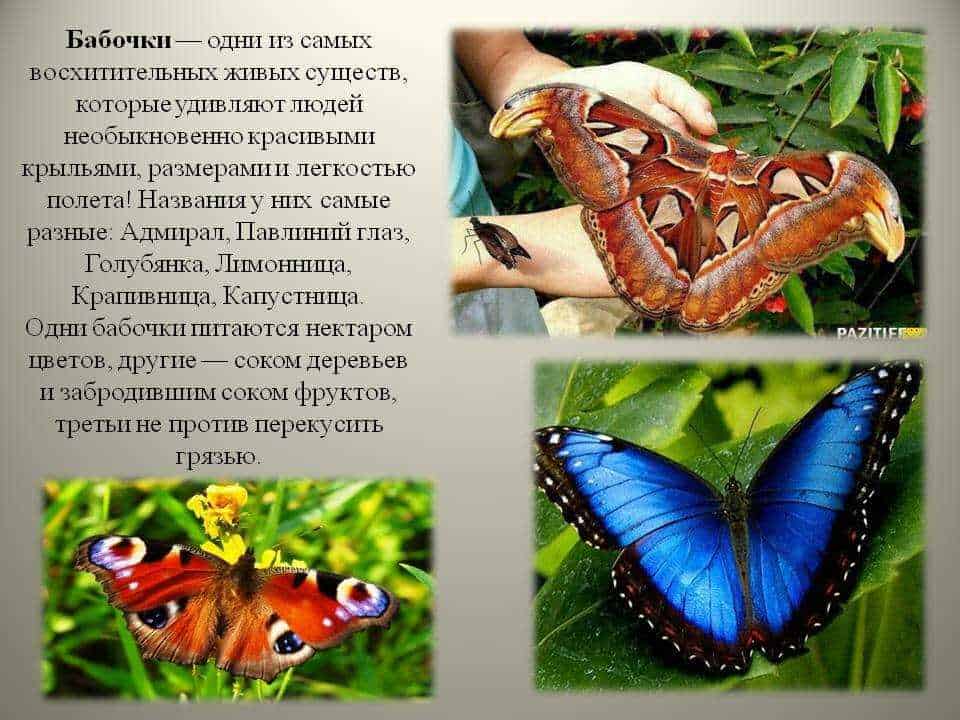
Butterflies are one of the most important plant pollinators in nature. They play a critical role in the transfer of pollen between flowers, which facilitates their fertilization and reproduction.
Pollination of plants is an important component of biodiversity and maintaining the ecosystem in balance. Thanks to butterflies, many plant species have the ability to reproduce and spread.
One of the main principles of pollination, which guides butterflies, is to attract insects to flowers with bright and fragrant flowers. Butterflies have a developed sense of sight and smell, which allows them to find flowers and pollinate them.
When visiting flowers, butterflies are applied by the pollen that is on their bodies to the pistils of the flower. This allows pollen to enter the pistils and promotes fertilization of the plant.
In addition, butterflies are also important pollinators for many wild plants that cannot rely on other insect species for pollination. Thanks to butterflies, these plants can continue to reproduce and survive in nature.
Importance of butterflies to plant diversity

Butterflies play an important role in maintaining plant diversity in nature. They are efficient pollinators, transporting pollen between flowers and promoting their reproduction. Through this process, new plants can emerge and spread in different ecosystems.
Butterflies prefer certain types of plants for feeding and laying eggs. Some butterflies, for example, prefer the flowers of a particular family of plants, such as spurge or carnation. This contributes to the spread of these plants and the maintenance of their population in nature.
In addition, butterflies also play a role in plant seed dispersal. When they feed on the nectar of flowers, they may accidentally carry the seeds on their legs or body. Then, when the butterfly moves to another plant, the seeds may fall out and begin new growth.
The importance of butterflies to plant diversity is seen in some ecosystems where they are the main pollinators. For example, in the rainforests of South America, butterflies pollinate a large number of flowers, which contributes to the formation of new plant species and the maintenance of biological diversity.
Butterflies and ecosystem conservation
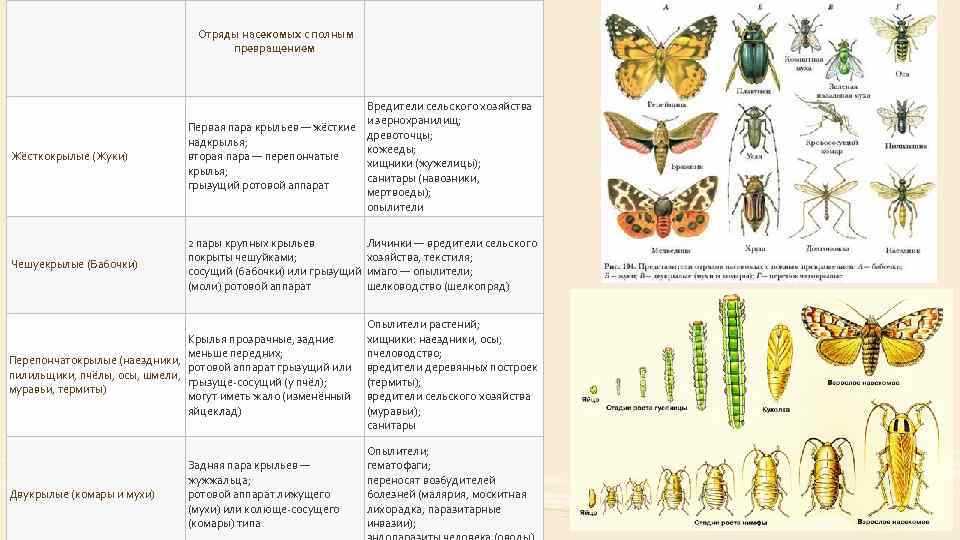
Butterflies play an important role in the conservation of ecosystems through their influence on plants and other living things.
Pollination of plants: Butterflies are one of the main pollinators of plants. When visiting flowers, they carry pollen from one flower to another, which promotes pollination and ensures plant reproduction. Thus, butterflies play an important role in preserving the diversity of the plant world.
Role in the food chain: Butterflies are an important link in the food chain, serving as prey for many predatory insects, birds and other animals. Thanks to butterflies, these species receive the necessary nutrition, which contributes to the balance in the ecosystem.
Environmental Health Indicators: Butterflies are indicators of ecological health, as their presence or absence can be indicative of the state of the environment. For example, the decline or extinction of certain species of butterflies may indicate adverse changes to the ecosystem, such as pollution or loss of biodiversity.
Importance of Butterfly Conservation: Butterfly conservation is an important task for maintaining ecological balance. To do this, it is necessary to preserve their natural habitats, provide them with access to food and water, and limit the use of pesticides and other harmful substances that can negatively affect the number and diversity of butterflies.
Butterflies and the food cycle
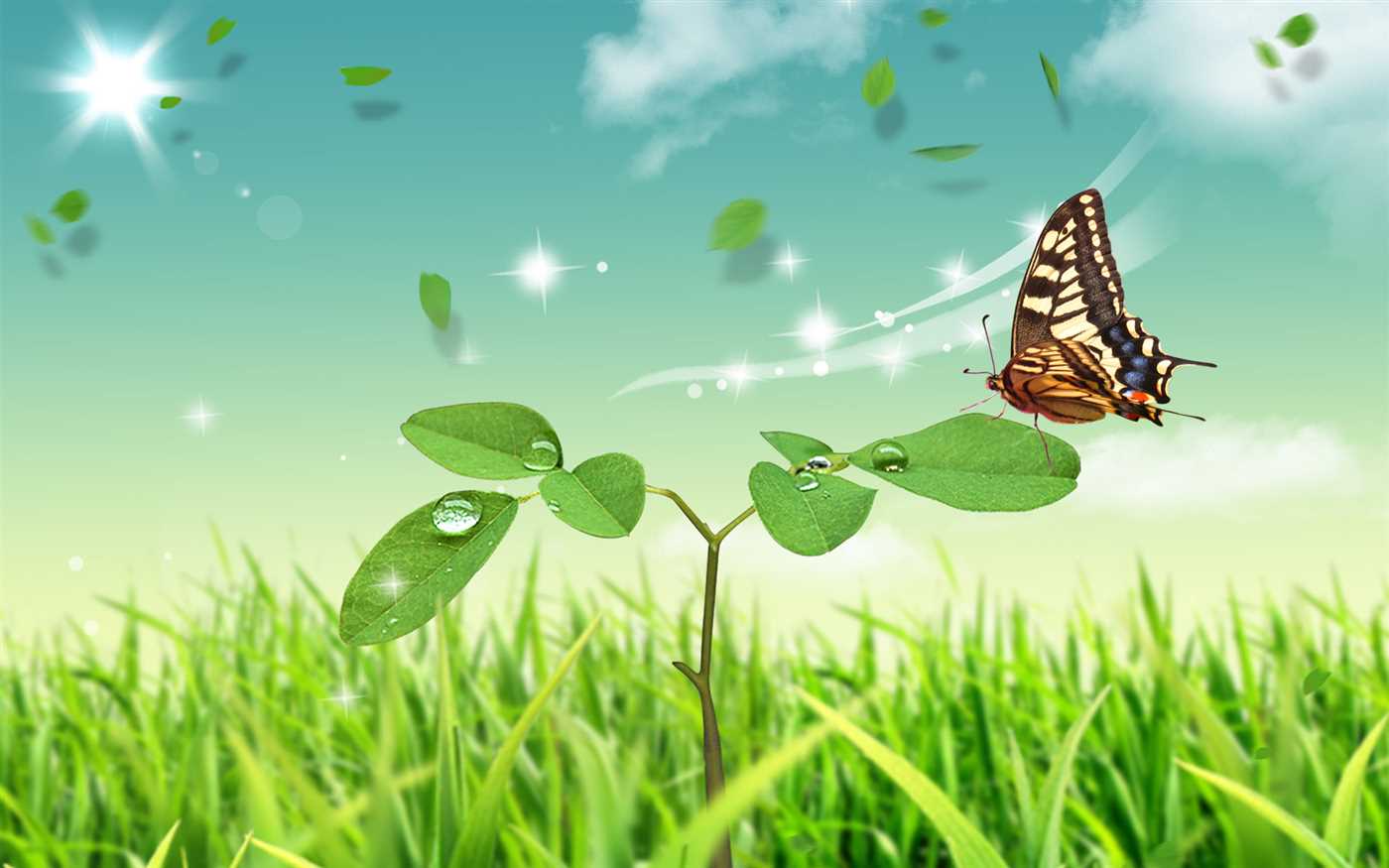
Butterflies play an important role in the food cycle in nature. They are indispensable pollinators of flowers, transferring pollen from one flower to another and promoting plant reproduction. In addition, butterflies are a food source for many animals, including birds, bats, and insectivores.
However, in the modern world, butterflies face various threats that negatively affect their abundance and diversity. One of the main threats is habitat loss due to urban development, agriculture and deforestation. This leads to a reduction in butterfly populations and a decrease in their ability to fulfill their ecological role.
However, there are ways to save and improve the situation for butterflies and the feeding cycle:
- Create special areas with plants that attract butterflies, such as juveniles, marigolds and wolfberries. This will provide the butterflies with enough food and places to breed.
- Limiting the use of chemical pesticides that can harm both butterflies and their caterpillars. Instead, use safer pest control methods.
- Conduct awareness campaigns and educational programs to help raise people's awareness of the importance of butterflies and their role in the food cycle. This may inspire people to take action to save butterflies and their habitats.
Thus, butterflies play a significant role in the food cycle, contributing to the pollination of plants and serving as a food source for other animals. However, in order to preserve their numbers and diversity, it is necessary to take measures to preserve their habitats and to make people aware of their importance.
Butterflies and pest control

Butterflies play an important role in insect pest control and help maintain the ecological balance in nature.
One of the most important tasks of butterflies is to control the population of insect pests. Butterflies feed on various types of insects, including larvae and caterpillars, which can cause significant damage to agriculture.
Butterflies perform the function of biological control, preventing the reproduction and spread of insect pests. Their presence in an ecosystem can reduce plant damage and yields, which is an important factor for agricultural production.
In addition, butterflies contribute to maintaining the balance in nature. They are food for many predatory insects, birds and mammals. Because of this, they help maintain the food chain and biodiversity in the ecosystem.
Studies show that an increase in the number of butterflies can lead to an increase in the number and diversity of other insect species, which positively affects the ecological situation.
The role of butterflies in environmental education
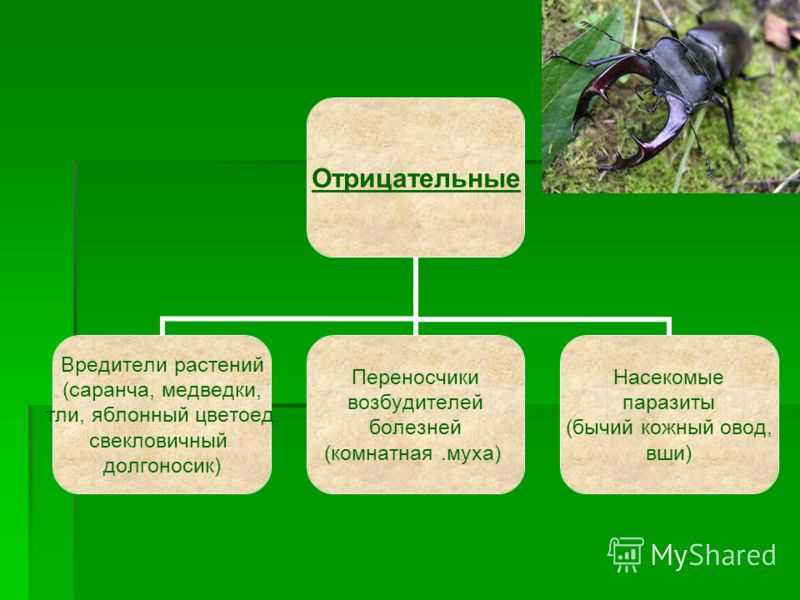
Butterflies play an important role in environmental education, helping children and adults understand the importance of biodiversity and nature conservation. Studying the life cycle and behavior of butterflies can be an interesting and exciting experience for learners.
Butterflies are indicators of the ecological state. Their presence or absence in certain areas may indicate the quality of the environment. The observation of butterflies and the study of their migrations helps to detect changes in the range of distribution of their species and determine the possible causes of such changes.
Butterflies can be symbols of nature and its beauty.. Their bright coloring and graceful movement attract attention and surprise people. The use of butterflies in educational programs helps draw attention and create interest in nature. Butterflies can become symbols of the uniqueness and vulnerability of nature, which contributes to the formation of environmental consciousness.
Butterflies can be the object of research and observation. Studying the life history, behavior and preferred habitats of various species of butterflies reveals the relationship between these insects and the environment. Such studies help to understand the importance of maintaining the diversity of land cover and ecosystems for the survival and development of butterflies.
Butterflies can be the subject of ecological gardens, which become habitats and food for various insect species, including butterflies. The creation of such gardens helps to restore and preserve natural biotopes, and also draws attention to the importance of environmental protection.
So, butterflies are not only beautiful and amazing insects, but also play an important role in environmental education activities. Studying their behavior and connection with the environment helps children and adults understand the importance of preserving nature and biodiversity for future generations.

